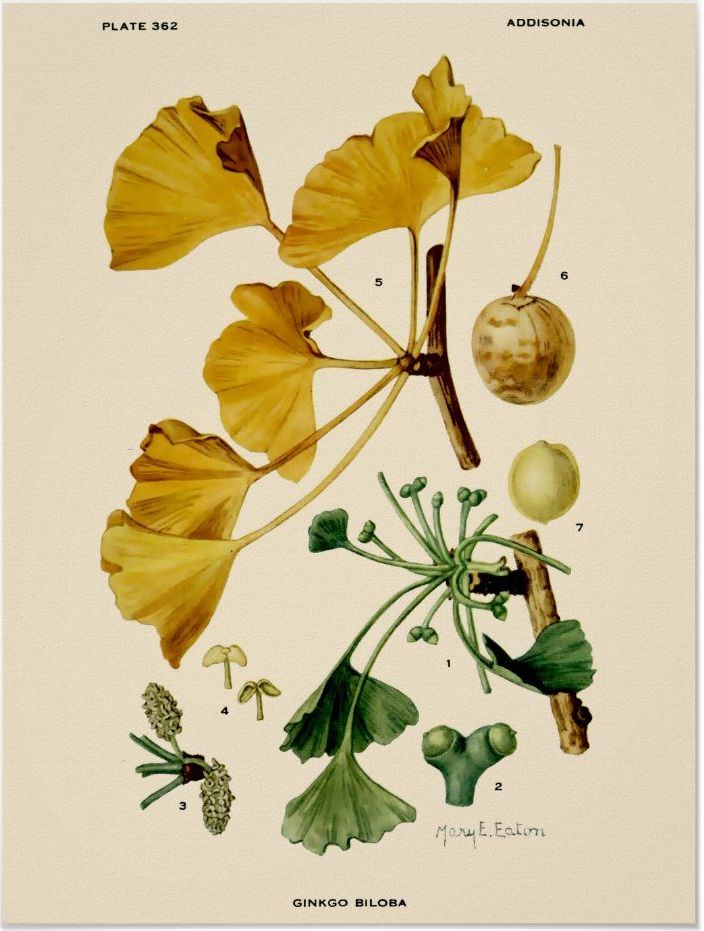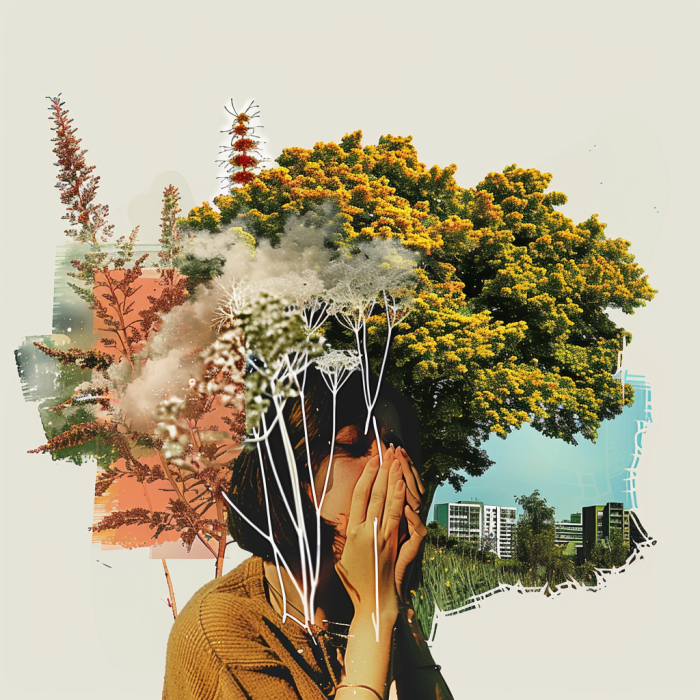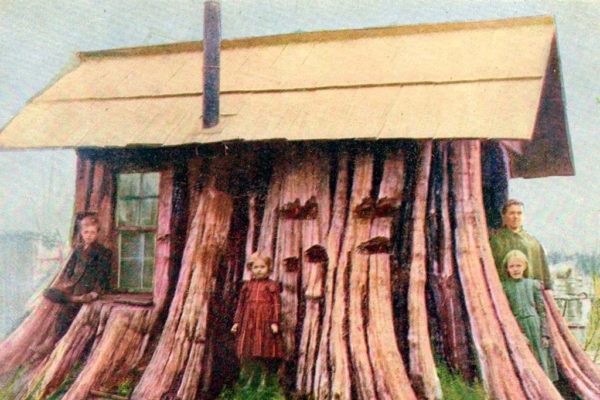
If you’ve ever found yourself sneezing your way through spring or breaking out in hives after hugging a tree, you might be the victim of botanical sexism. Yes, you heard that right. ‘Botanical sexism’ refers to the practice of preferentially planting cloned male plants in urban areas to avoid the litter of fruits and flowers. However, since male plants produce pollen, this can lead to high pollen levels in the air, making the area inhospitable for people with allergies. Move over, gender pay gap—there’s a leafy conspiracy blooming in your backyard, and it’s high time we exposed it.
First, let’s take a crash course in plant reproduction. You see, plants can be sneaky. They come in male, female, and even hermaphroditic varieties (plants like to keep their options open). In the good old days, nature had a nice balance of male and female plants, which kept the ecosystem in harmony. But then humans, with our penchant for meddling, decided to play matchmaker.
In an effort to keep our urban landscapes tidy, city planners and landscapers started planting more male trees. Why? Because male trees don’t produce those pesky fruits and seeds that clutter up sidewalks, of course. The idea was to have neat, litter-free streets. But like every great plan, this one had a flaw bigger than a squirrel’s stash of acorns.
Male trees produce pollen. Lots and lots of pollen. They are like the Casanovas of the plant world, spreading their genetic material far and wide. This might sound romantic until you realize that pollen is the nemesis of anyone with allergies. Those yellow clouds you see drifting through the air in spring? That’s the handiwork of our overenthusiastic male trees.

By favoring male plants, we’ve inadvertently created pollen tsunamis. You might think you’re just getting a refreshing breeze, but nope—it’s a blizzard of botanical confetti, and your nose is the dance floor. Sneezes, itchy eyes, and antihistamine sales have all skyrocketed, and we have botanical sexism to thank for this allergenic apocalypse.
So, what’s the solution? It’s time to bring back the ladies. Female trees and plants, unlike their pollen-spewing counterparts, capture pollen and bear fruit. Sure, they might drop a few berries on the ground, but wouldn’t you prefer a little fruity mess over being a walking sinus infection?
Municipalities need to start planting female trees again. Imagine parks filled with fruit-bearing trees where you can pick a snack straight from the branch. Not only would this balance out the pollen problem, but it would also provide food and habitat for wildlife. Birds, bees, and even us humans would benefit from a more diverse and inclusive urban jungle.

Next time you’re out for a stroll and your eyes start watering, take a closer look at the trees around you. Those nonchalant maples and oaks might just be the pollen producers. If you spot someone planting a new tree, consider dropping a hint: “Hey, have you thought about a female tree? They’re great listeners and don’t throw their pollen around like it’s going out of style.”
Botanical sexism might sound like a joke, but it’s no laughing matter for allergy sufferers. By being more mindful of the plants we choose for our urban spaces, we can create healthier, more balanced environments. So let’s give female plants the spotlight they deserve. After all, a garden that’s fair and balanced is a garden that everyone can enjoy—without the sneezes.
Further reading: Botany and the Forgotten Sexual Revolution
















